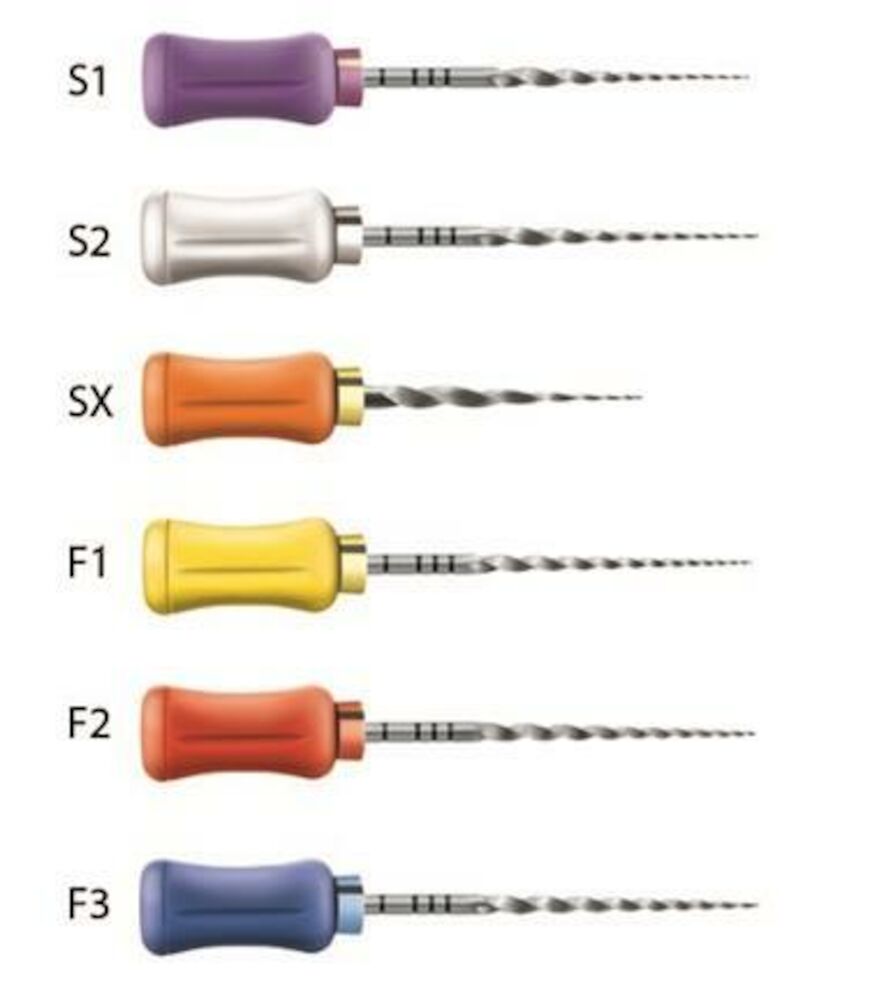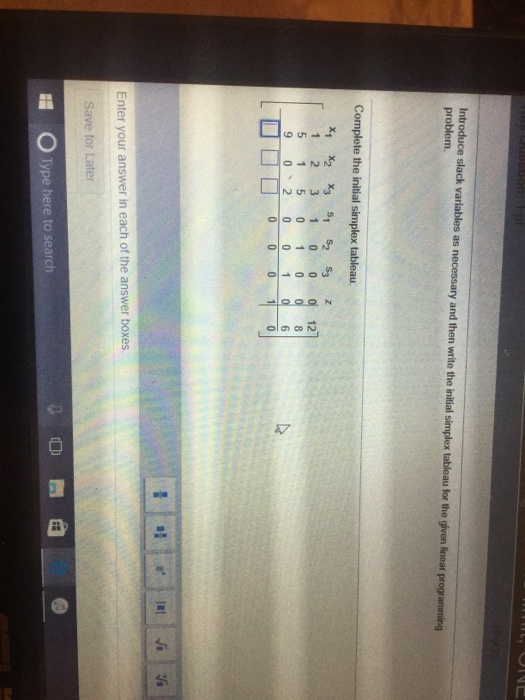Slack S1
For Slack’s very first 10-Q and 10-K, the company asked the Workiva Professional Services team to set up the XBRL tagging from scratch. “It was very accurate, nicely done. They definitely beat my expectations,” said Taka, who has done XBRL work himself before. When Brendan Eich created the very first version of JavaScript for Netscape Navigator 2.0 in merely ten days, it’s likely that he did not expect how far the Slack Desktop App would take his. Turn on slack alerts and enter the URL in to the LinuxGSM settings. Slackwebhook='your webhook url'.

Workplace collaboration and instant messaging company Slack said in a press release on Monday that it plans to go public.
And it’s taking advantage of something called a confidential filing for its initial public offering (IPO).
While that may sound like something from the world of Spy vs. Spy, a confidential IPO is a tactic used by more and more businesses as they go public.
Read on and we’ll explain all about a confidential filing for an IPO.
What’s an IPO? A quick refresher
An IPO is the first time a company lists its shares on a stock exchange such as the Nasdaq or the New York Stock Exchange (NYSE), meaning they are for sale to the general public.
When a company wants to open new stores, build a factory, hire more employees, or expand in some other way, it may need additional resources to pay for those things. Company executives may use an IPO to raise additional capital to invest in and grow their business.
But when a company decides to go public, it must file something called an S-1 with the Securities and Exchange Commission (SEC). An S-1 is a public document that details a lot of previously confidential information about the business, including how much revenue the company actually makes, how much debt it has, and whether the company is profitable.
It also details how much the various company executives earn in salary and other compensation.
The confidential IPO
The confidential IPO was first introduced in 2012, as part of the Jumpstart Our Business Startups (JOBS) Act, as as a way to support small companies in their efforts to go public.
It allowed any company with revenues of $1 billion or less to file an S-1 with the Securities and Exchange Commission, but confidentially. The paperwork would be available to the public approximately 15 days prior to the actual offering.
In June, 2017, the SEC extended the confidential filing to all companies, regardless of size.
Companies may want information in their S-1 to stay confidential longer because it prevents competitors from having more detailed knowledge of their operations. It also lets companies test the waters with an IPO without lots of media scrutiny, according to experts.
Ride-share companies Lyft and Uber also both filed for confidential IPOs in late 2018.
More about Slack’s IPO
Slack, which launched in 2013, has raised $1.2 billion in venture capital from various investors. It has a valuation of approximately $10 billion, according to reports.
Slack S1 Pdf
Stash lets you invest in the single stocks of dozens of public companies.
Investing made easy with Stash.
Start today with any dollar amount.
Get the AppHooked on Stash? Tell your friends!
Get $5 for every friend you refer to Stash.
Refer friendsHooked on Stash? Tell your friends!
Get $5 for every friend you refer to Stash.
Refer friendsSlack is limited.
Slack can integrate with other apps so you can to manage tasks and automate workflows, but you can’t have the same user set in each app, functionality is limited, and integrations commonly break when other apps are updated.
These issues can dramatically slow down your team’s collaboration.
Ryver has 2x the functionality in one app.
Ryver seamlessly integrates team communication tools (Chat + Topics + and Voice & Video Calls) and task management (Tasks) to streamline your team’s collaboration.
Ryver’s ease-of-use helps your team stay focused on being most productive.
Slack is very expensive.
Slack S1 Filing
Slack paid plans start at $80/user/year.

Let’s say you have 15 people on your team. That’s $1,200 per year, just for chat!
Ryver is more affordable.
Ryver is just $49/month for up to 12 users, $99/month for 13+ users, and affordable Enterprise plans are available as well.
Ryver’s flat-rate pricing lets you build teams without breaking the bank.
But isn’t Slack free? Not really…
10K Chat Search Limit
The free version of Slack allows you to search your past 10,000 chats. However, a typical 8-person team generates about 10,000 chats every 2-3 weeks, and losing your ability to search conversation history can be very frustrating.

Unlimited search is only available in paid plans starting at $80/user/year.
5GB Storage Limit
Free Slack gives your team 5GB of free storage. If you ever need more than that, Slack gets expensive quickly — again, $80/user/year, or more.
No Guests Allowed
Want to invite guest users to your team? That also costs a lot — $80/user/year, or more.
Ryver is unlimited.

With Ryver’s affordable flat rate plans, you can do 2x more than Slack in one app on an unlimited basis.
- Unlimited Collaboration: You’ll never run out of messaging or searching.
- Unlimited Task Management: You’ll never run out of tasks.
- Unlimited Data: You’ll never run out of data storage.
- Unlimited Guests: You’ll never run out of guests.
Slack S1 Analysis
No extra costs. Period.
